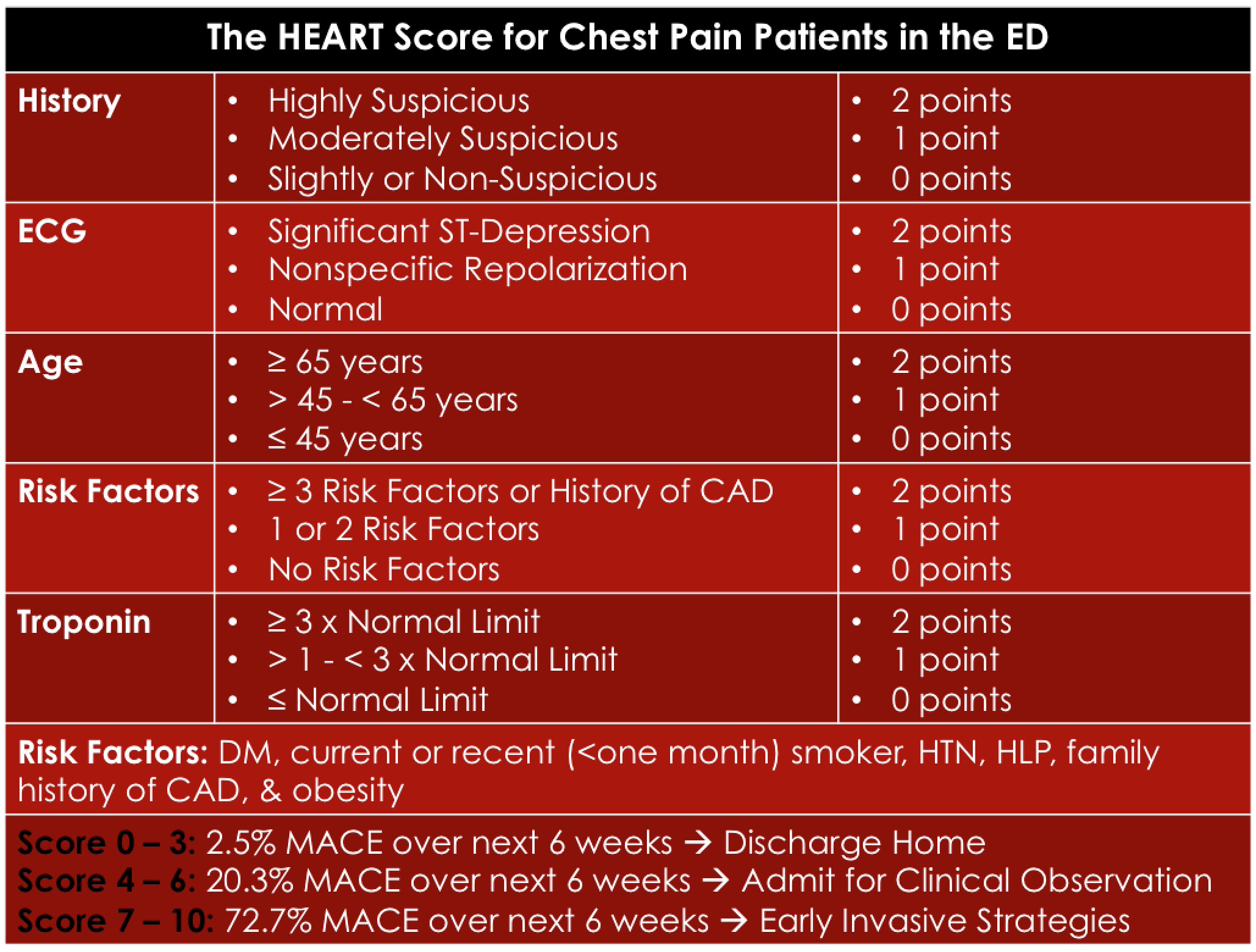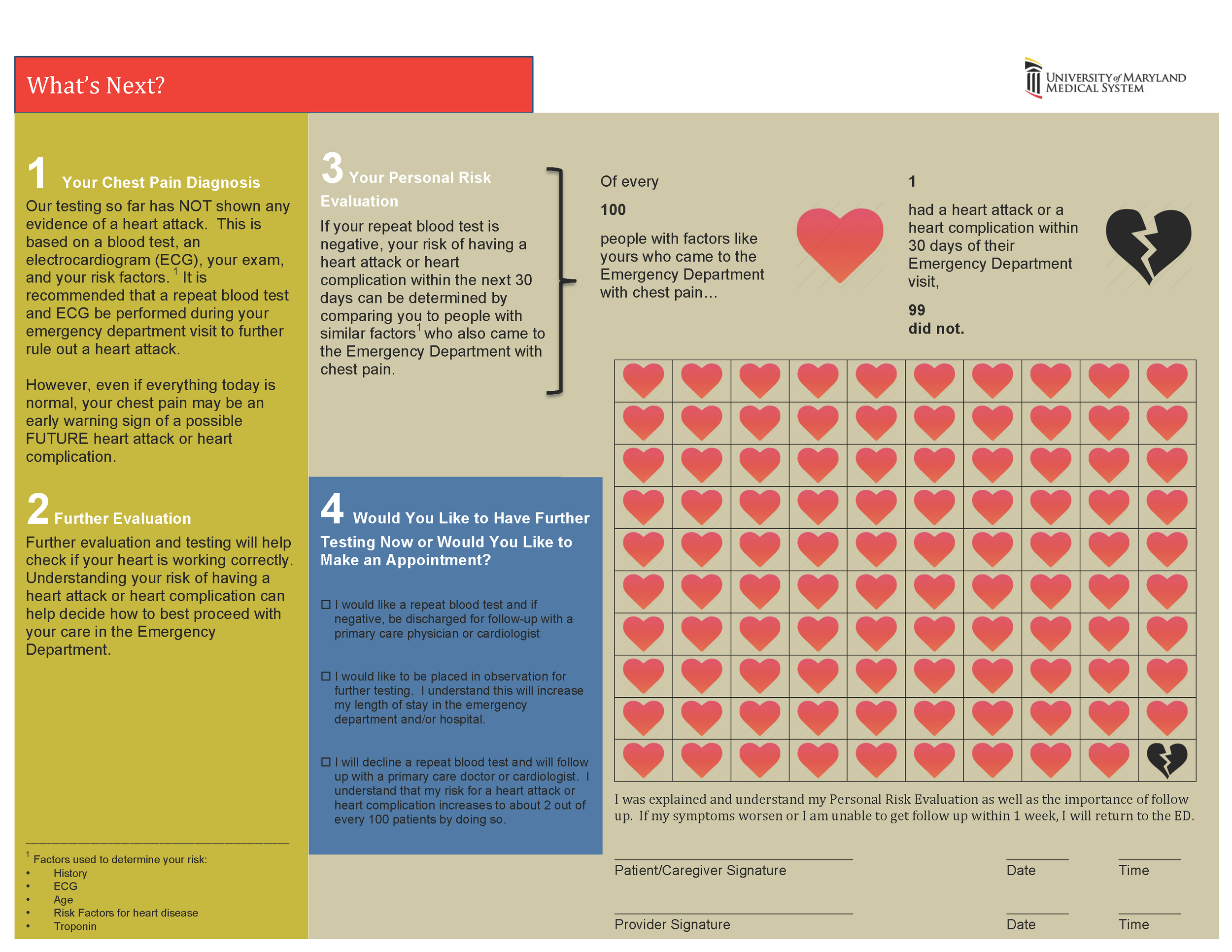Williamson/Parker Oral Boards
Case 1. 50 yo male with respiratory distress. HR=100 BP=140/80RR=34T=98.7 Patient became SOB at subway station. Exam reveals copious oral secretions. Patient also vomited and had abdominal cramping. EMS notes that other persons in the subway have similar symptoms.
*Cholinergic Toxidrome
Diagnosis is cholinergic toxidrome due to Sarin (organophosphate gas). Treatment is high dose atropine until respiratory secretions have improved significantly, intubation, and 2PAM. Consult poison control. Patient needs to be decontaminated. Staff needs to use PPI to prevent secondary exposure to toxin. Patient’s clothing can off–let toxin for 30 minutes. Sarin is colorless and odorless.
Elise comment: I saw a patient die of organophosphate poisoning in Africa. It was horrible. The patient basically drowned in his own secretions because we did not have enough atropine. Andrea comment: Initial dosing of atropine is 2-6 mg and go up from there until secretions are dried up. There are stockpiles of atropine around the city and country. The poison center has access to these stockpiles. You have to get 2PAM into the patient as soon as possible to prevent irreversible aging of the acetylcholinesterase.
Case 2. 16 yo male with a headache for the last 10 days. Vitals are normal. Patient notes a weird feeling and paresthesias from waist down. Legs have spasms occasionally. Bedside ultrasound shows urinary retention. MRI of the spine shows transverse myelitis.
*transverse myelitis
Diagnosis is transverse myelitis due to multiple sclerosis. Treatment is IV steroids. Patient required foley catheter drainage of urine. Transverse myelitis is an inflammation of the spinal cord.
In most cases a sensory level is documented, most commonly in the mid-thoracic region in adults or the cervical region in children. Pain in the back, extremities, or abdomen is also common while paresthesias (e.g., tingling, numbness, burning sensations) are typical in adults. Sexual dysfunction is also the result of sensory and autonomic involvement. Increased urinary urgency, bowel or bladder incontinence, difficulty or inability to void, and incomplete evacuation of bowel or constipation are other characteristic autonomic symptoms. Spasticity and fatigue are other symptoms common to transverse myelitis. Additionally, depression is often documented in TM patients and must be treated to prevent devastating consequences. (Transverse Myelitis Association)
Case 3. 47 yo male presents with right foot pain for one week. Vitals normal except for heart rate of 102. Patient states that the pain began after a heavy board fell on his foot. X-rays show lis franc injury.
*Lis Franc injury
Treatment requires ORIF and non-weightbearing for 6 weeks. Harwood comment: this is a pretty severe lis franc injury. Lis franc injuries usually involve the first and second metatarsals. This xray shows all the metatarsals dislocated.
Levato Community Acquired Cellulitis
For uncomplicated cellulitis with no abscess use either cefazolin or clindamycin. Elise raised concerns about the level of clindamycin resistance at our institution. Harwood added that he would prefer to give Bactrim if you suspect MRSA.
Levato’s Bottom line: use more ancef and less vanco. Patients without comorbiditities who have straightforward cellulitis with no fluctuance have a strep cellulitis.
*Algorithm for soft tissue infections (Thanks Elise)
Remke M & M
In order to respect the confidentiality of M&M, I am not going to give case details of M &M’s. I will just present the take home points.
Be sure you have ordered a type and screen on pregnant patients who are bleeding. If they deteriorate and need transfusion, waiting for the type and screen can cause delay or necessitate the use of O negative blood.
Quantify vaginal bleeding based on whether it is more or less than a normal period.
On pelvic exam, if there is clot or tissue in the os, remove it. Removing tissue and clot from the os can help the uterus to contract and lessen bleeding.
*Liklihood of Ectopic Pregnancy
In the setting of pregnancy, consult OB service for heavy bleeding, open cervical os, and positive beta hcg with no iup seen on ultrasound.
Things to tell patients:
25% of pregnancies have bleeding
If a viable fetus is seen on ultrasound the risk of miscarriage is less than 10%.
Miscarriage is more likely with heavy bleeding, bleeding lasting a week or more, and if pain is associated with bleeding.
Emergency Physician Cognitive Issues:
Pay attention to subtle vital sign changes
Double check that the labs you need are ordered like type and screen.
Listen to your nurses when they raise a concern.
Get help from consultants when you are faced with a difficult situation.
Kelly Williamson comment: RH negative Patients who have a subchorionic hemorrhage on ultrasound but are not bleeding into the vagina do not need rhogam
Ortiz-Romero Imaging the Pediatric Acute Abdomen
On ultrasound, a normal appendix is smaller than 6mm, compressible and has no surrounding free fluid. Appendicitis is larger than 6mm, non compressible and hyper-vascular. There will be point tenderness over the appendix with appendicitis. Unfortunately 70% of the time the appendix is not visualized with ultrasound.
If you have an Alvarado score less than 5 and have an ultrasound with no inflammatory changes without visualization of the appendix, that clinical scenario has a negative predictive value of 99% for appendicitis!
Value of Focused Appendicitis Ultrasound and Alvarado Score in Predicting Appendicitis in Children: Can We Reduce the Use of CT?
Blitman NM1, Anwar M, Brady KB, Taragin BH, Freeman K.
- 11 Department of Radiology, Jacobi Medical Center, Albert Einstein College of Medicine, 1400 Pelham Pkwy S, Bronx, NY 10461.
Abstract
OBJECTIVE:
The purpose of this study was to evaluate the effectiveness of focused appendicitis ultrasound combined with Alvarado score to accurately identify appendicitis in children in whom it is suspected, thereby reducing unnecessary CT examinations and associated radiation exposure.
MATERIALS AND METHODS:
We retrospectively evaluated the focused appendicitis ultrasound, CT, clinical, and laboratory findings of 522 consecutively registered children (231 boys, 291 girls; mean age, 13.04 [SD, 5.02] years; range, 0.74 months-21 years) who underwent focused appendicitis ultrasound for abdominal pain in a pediatric emergency department from January 2008 through October 2009. All children underwent surgery or clinical follow-up to exclude missed appendicitis. Sonographic findings were characterized as positive, negative, or inconclusive (appendix not visualized). Alternative diagnoses were noted. Alvarado score (0-10 points based on multiple clinical criteria) was determined. Focused appendicitis ultrasound and Alvarado score results were compared with surgical and pathologic reports.
RESULTS:
Both focused appendicitis ultrasound results and Alvarado score were associated with likelihood of surgery for appendicitis (p = 0.0001). Focused appendicitis ultrasound had conclusive results: 105 positive and 27 negative in 132 of 522 (25.2%) children. In the 390 of 522 (74.7%) children with inconclusive focused appendicitis ultrasound findings, 43 of 390 (11.0%) eventually had a diagnosis of appendicitis with CT (n = 26) or Alvarado score (n = 17). Among children with inconclusive focused appendicitis ultrasound findings and an Alvarado score less than 5 (241/522, 46.1%), only one patient had appendicitis. The negative predictive value (NPV) of inconclusive ultrasound findings and low Alvarado score combined was 99.6%. Among children with inconclusive focused appendicitis ultrasound findings and an Alvarado score of 5-8, the NPV decreased to 89.7%.
CONCLUSION:
Children with inconclusive focused appendicitis ultrasound findings and a low Alvarado score are extremely unlikely to have appendicitis (NPV, 99.6%). Avoiding unnecessary CT of these patients is a safe approach to diagnosis.
When using CT for appendicitis, you need some peritoneal fat to identify the appendix. So, very thin kids will be difficult to visualize the appendix on CT because they lack peritoneal fat. However if there are no secondary signs of inflammation in the area of the appendix, that also makes appendicitis unlikely even if the appendix is not visualized. To limit radiation exposure, you only need to do a pelvis CT. Give IV and rectal contrast if the patient can tolerate them. The cutoff for a normal appendix on CT is 7mm.
MRI can also be used to diagnose appendicitis. We are currently testing a MRI protocol for appendicitis. The patient first gets scored on the pediatric appendicitis score. If the score is 2 or more they are eligible for MRI testing.
Ultrasound is the first line test for identifying intussusception.
Girzadas ACGME Resident Survey Results
C Kulstad/Lovell Preventing Diagnostic Error Cognitive Bias
Misdiagnosis is the most common medical mistake and is a leading cause of malpractice claims.
“Everyone is a human first and a novice or expert second”
There are 2types of causes for diagnostic error. There are systems error and cognitive error.
*System and Cognitive Error
Error is more common when: uncertainty is high, the patient is unfamiliar to the physician, and the disease has an atypical presentation. Cognitive error is a risk in high-pressure environments with many distractions. (the ER).
Nurses when acting as the wingman to the physician also need to be aware of their biases. The nurse has the potential bias the physician either towards or away the right diagnosis. If a nurse is biased against some aspect of the patient it can affect how the whole team approaches the patient.
System 1 and System 2 Thinking. To be a good EM Clinicianyou have to be able to switch back and forth between both systems. Experienced clinicians have better developed system 1’s. They have the experience to know when to switch into system 2 thinking.
*System 1 and System 2
Heuristics use pattern recognitions or mental shortcuts to solve problems. Bias impacts heuristics a great deal. This is a problem because ER docs use heuristics all the time in an environment that is prone to bias the heuristics.
Croskerry Six Biases:
1. Over attachment to a particular diagnosis. Anchoring on a specific feature too early and failing to adjust.
2. Inheriting someone else’s thinking. Following the cognitive path initiated by another provider. This bias makes sign out a dangerous time.
3. Failure to consider alternatives. Tendency to stop looking once something is identified.
4. Errors in estimation of prevalence. Diagnoses that readily come to mind may be used more frequently.
5. Bias related to patient characteristics or context. Basically the physician has a personal perception about the patient and approaches the patient based on that concept of the patient.
6. Errors associated with the clinician’s personality. Over/under confidence is one example. We need to have the appropriate level of both confidence and humility.
Tactics to overcome bias:
Cognitive debiasing: Consider alternatives. Use metacognition or think about how you are thinking about a patient.
Structured handovers:
Checklists : Checklists help us to think of options we did not initially consider
QV&V: Qualify the source, validate the information, and verify the information. Basically check that the info you are basing your decision on is correct and valid.
STEP Thinking: Story, Testing, Evaluate, and Plan
EMR Enhancements








































